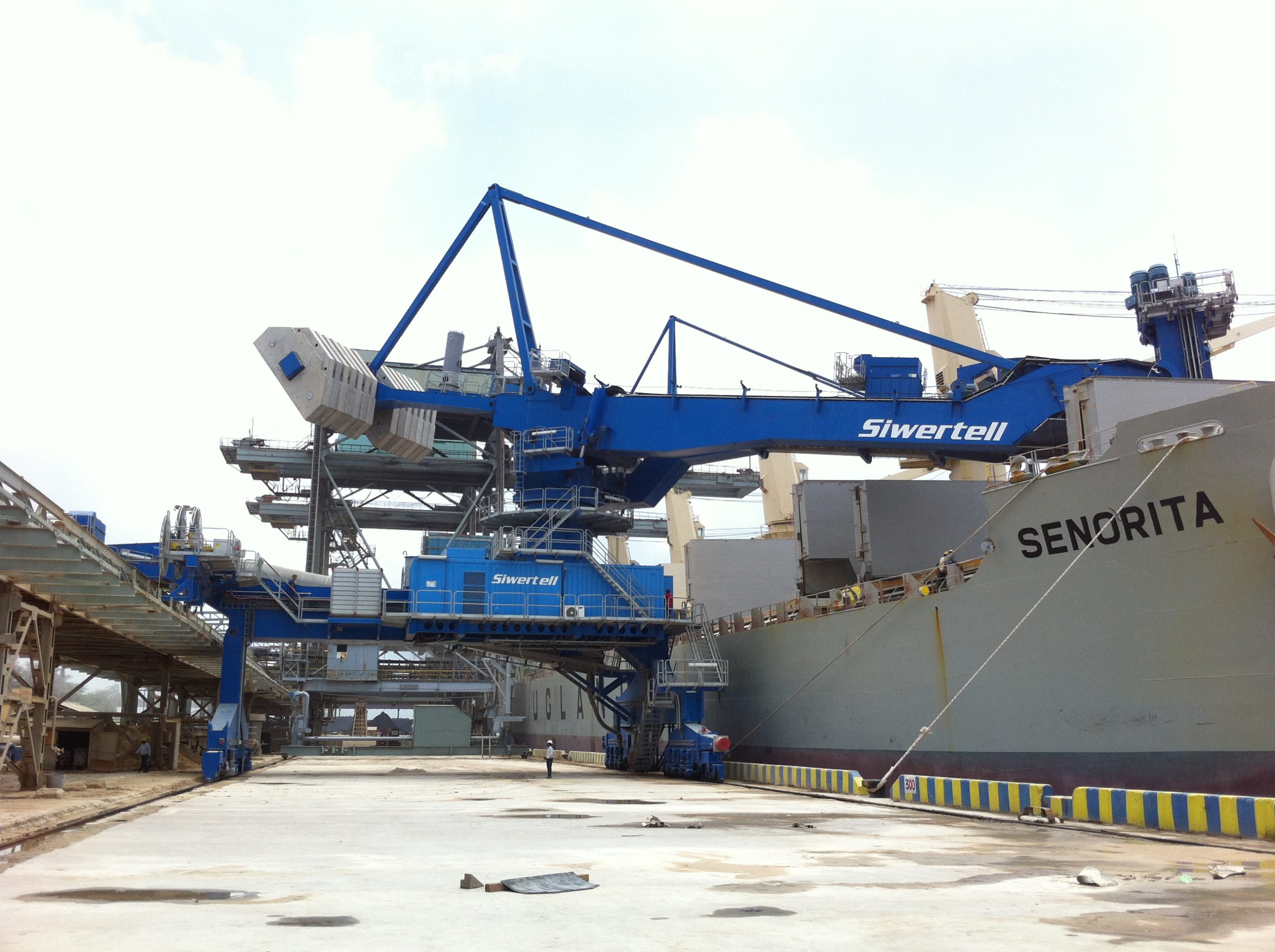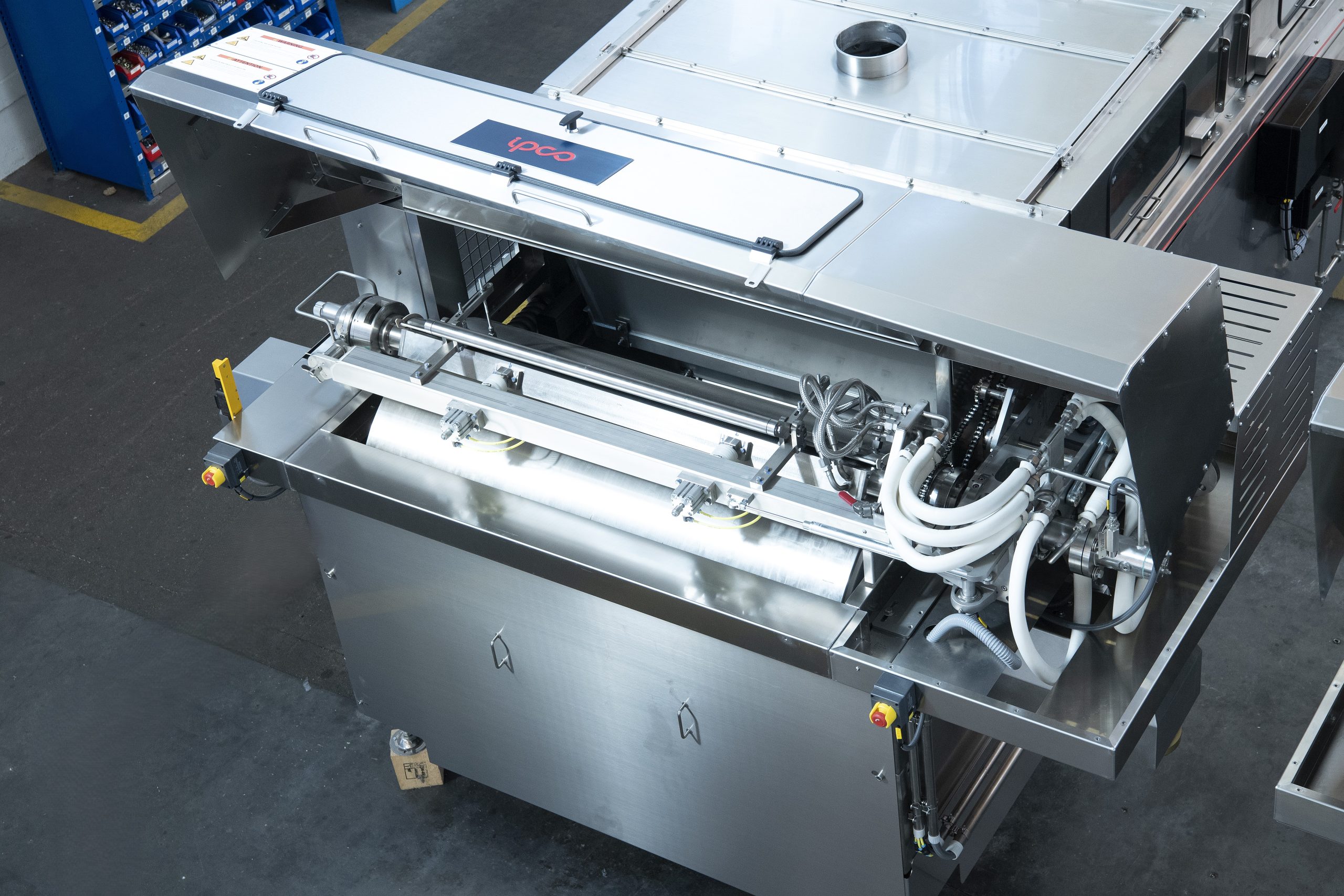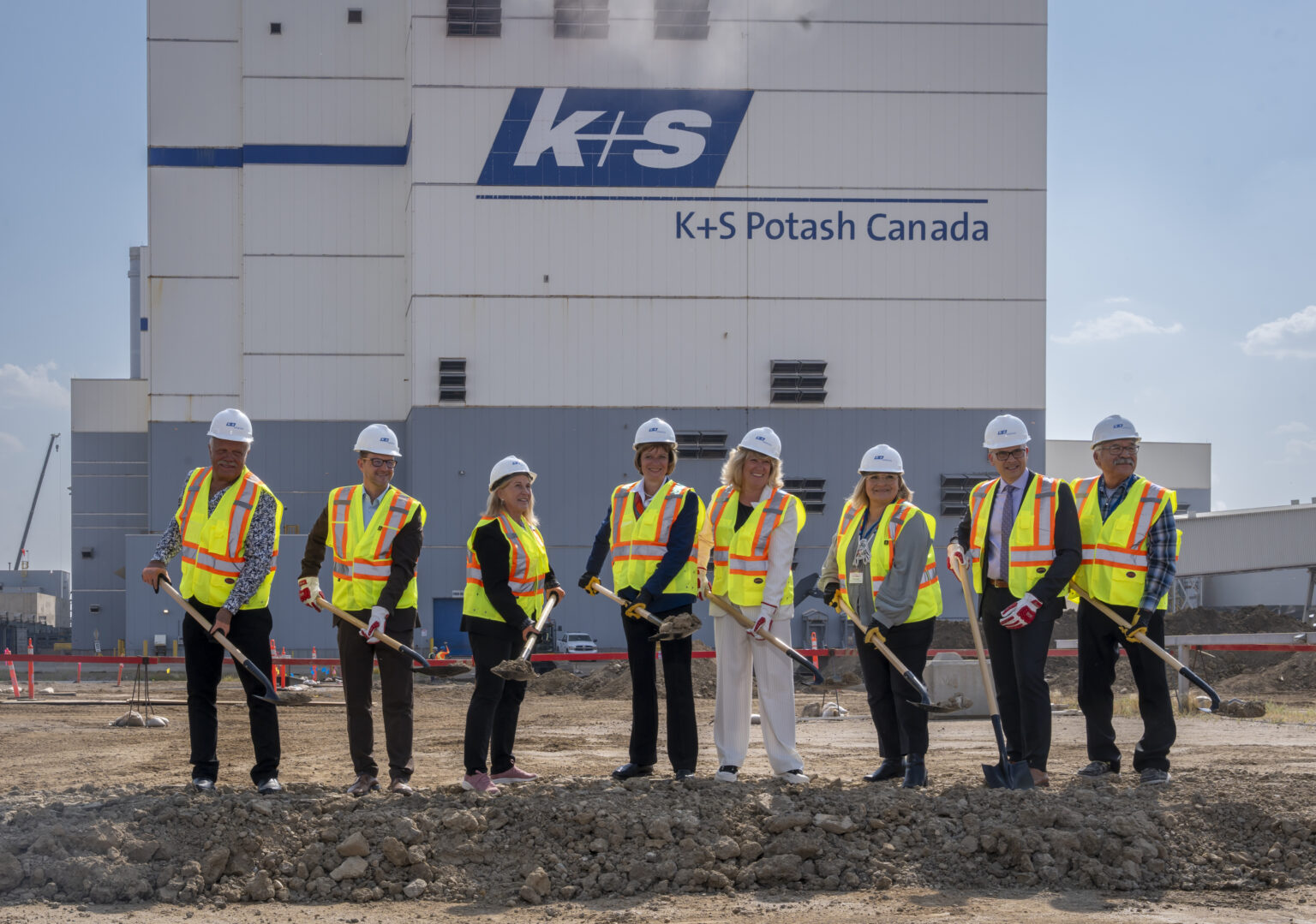Nitrogen+Syngas
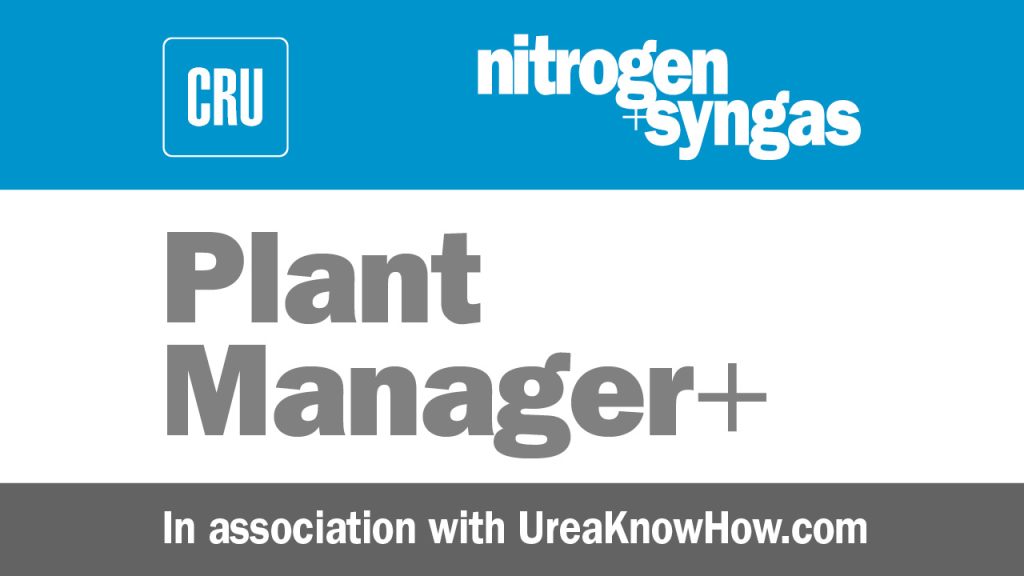
31 August 2019
Problem No. 55 How to clean heaters
Heat exchanger tubes in heaters in a urea plant such as the high pressure stripper and medium pressure and low pressure recirculation heaters typically suffer from process-side fouling. This fouling can be caused by oil and/or iron and chromium oxides. One obvious solution to remove this fouling is high pressure water jetting, but the fouling in the high pressure stripper can be so hard that this method does not work.
Stamicarbon together with VECOM, in the Netherlands, have developed a chemical cleaning method for cleaning CO2 strippers, and NIIK, in Russia, has developed and successfully applies several cleaning methods for the removal of scale in heat exchangers in urea plants such as thermo-abrasive blasting, hydromechanical cleaning, high pressure hydro cleaning, vortex blasting cleaning, chemical cleaning (with orthophosphoric acid, and ultrasonic cleaning.
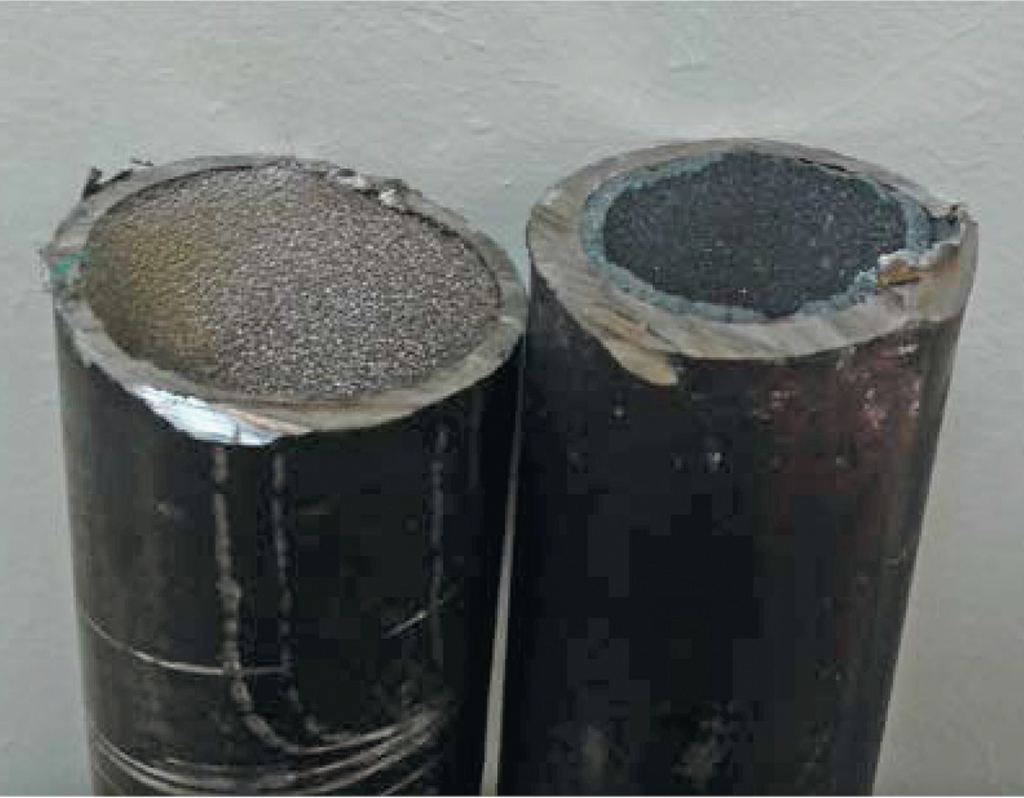
Mark Brouwer of UreaKnowHow.com in the Netherlands starts the round table discussion: Heaters can be fouled with oil and scale from corrosion products. What, according to your experience, is the best way to clean these heaters?
Waqqar Ahmed of Fauji Fertilizer in Pakistan replies: In Fauji Fertilizer we use different techniques for cleaning exchangers but the most common and effective one is high pressure water jetting. Last year in our turnaround of March 2008 we also carried out tube cleaning with scraper bullets (CTI) for the first time, which was also satisfactory.
Mark has some further questions: What does CTI stand for? How do you clean the high pressure stripper, medium pressure and low pressure heater?
Waqqar replies: Normally no scale deposits are observed in the high pressure stripper so we do not clean it. For the medium pressure and low pressure heaters we use high pressure water jetting. CTI is just the trade name of the cleaning solution providers.
Muhammad Adnan Hanif of Fauji Fertilizer in Pakistan joins the discussion: In my opinion chemical cleaning under a controlled acid concentration environment is the most effective way to overcome fouling problems due to oil and scaling of corrosion products rather than high pressure water jetting and mechanical cleaning. However, it is a difficult task and specialised job due to the highly corrosive nature of the chemicals used.
In our last annual plant maintenance shutdown, for the first time we cleaned the CO2 absorber packing (made of stainless steel) with acid under controlled concentration and its performance compared to mechanical cleaning was much better.
We have also tried using the same technique to clean one of our stainless steel compressor intercoolers (cooling water side) and again the performance was quite good.
Therefore, I prefer chemical cleaning of lube oil coolers over higher pressure water jetting.
Waqqar comments further: I agree, chemical cleaning under precise controlled conditions is very effective. But to use the same for medium pressure/low pressure heaters and high pressure stripper cleaning will be extremely difficult due to the nature of the deposits (contains mainly hematite Fe2O3) and conditions to dissolve the deposits. It also does not seem economically justified for such equipment items.
At Fauji’s Plant-II, “VECOM”, a specialist in maintenance and surface treatment was contacted for the removal of such hard deposits. After analysing the sampling and lab results they were of the opinion that complete deposit removal cannot be guaranteed.
Fabiano Parizotto of Petrobras shares his experiences: We need to clean our high pressure stripper at least once a year. We usually clean it by high pressure water jet and then check the results using a caliper.
If the result is unsatisfactory, we can decide whether to try chemical cleaning procedure in the next turnaround.
To clean up deposits in the tubesheet we use do it manually if the high pressure water jet does not result in a clean enough surface.
Waqqar makes an interesting observation: In our March 2008 turnaround, very hard and thick black deposits were observed on the top tube sheet of our urea stripper. We tried to remove the deposits through high pressure water jet and mechanical means. But to avoid any damage deposits were left as such.
Before shutting down the plant for the turnaround, we were facing a low N/C ratio problem due to certain limitations. After the turnaround the N/C ratio was strictly maintained above 3.25. The plant was again shut down in September and the thick deposits were found to have dissolved and only minor deposits were present.
Ahmed Selim of AlexFert in Egypt joins the discussion: Can you elaborate about your experience for cleaning stripper tubes (especially the bottom part) after more than ten years of operation knowing that it was never cleaned mechanically before. Can it just be cleaned with a water jet pump once or twice?
Are you using a caliper to check the remaining thickness of tube after cleaning?
Do you think the N/C ratio has an effect on dissolving such deposits?
Mark replies: VECOM and Stamicarbon have together developed a chemical cleaning procedure for CO2 strippers in which in the bottom part of the tubes a very hard iron- and chromium-oxide scale will typically form after several years of operation. The chemicals used are a mixture with, including, EDTA. The cleaning takes place at a certain temperature. It is a batch process and the efficiency can be checked and controlled.
The same scaling will happen in the low pressure heater of the Stamicarbon plant, but experience has shown that with high pressure water jetting one can remove this. One needs to remove the orifice plugs to enable proper cleaning.
In Fauji we talk about a hard black scaling on top of the tubesheet of the NH3 stripper. This is different from what VECOM normally sees which is why I think they cannot provide a guarantee in that case.
If the back colour is coming from oil, it can be an issue. The EDTA cleaning procedure does not work properly when oil is present and also in case of oil fouling, oil should first be removed.
Tarek Sadek of AlexFert in Egypt joins the discussion: What if the orifice plugs themselves are plugged with these hard deposits decreasing their diameter, what is the best way to clean the tubes of the low pressure heater?
And do we have in this case to remove orifice plugs for efficient cleaning?
Is a sand blasting technique efficient in such a case?
Mark replies: It is best is to remove the orifice plugs as they hinder high pressure water jetting. I have no experience with sand blasting but would be careful not to damage the tubesheet.
| This series of discussions is compiled from a selection of round table topics discussed on the UreaKnowHow.com website. UreaKnowHow.com promotes the exchange of technical information to improve the performance and safety of urea plants. A wide range of round table discussions take place in the field of process design, operations, mechanical issues, maintenance, inspection, safety, environmental concerns, and product quality for urea, ammonia, nitric acid and other fertilizers. |



